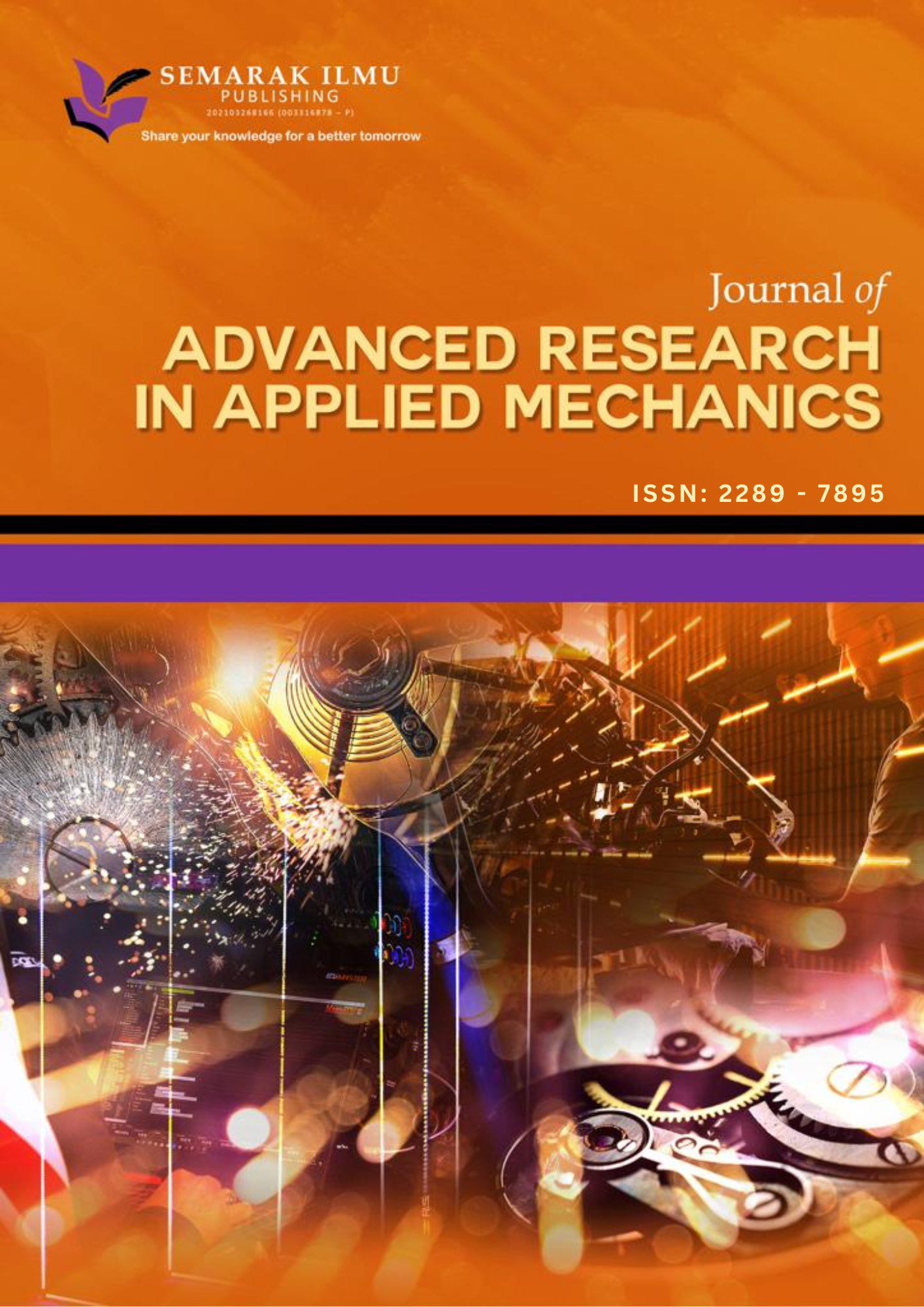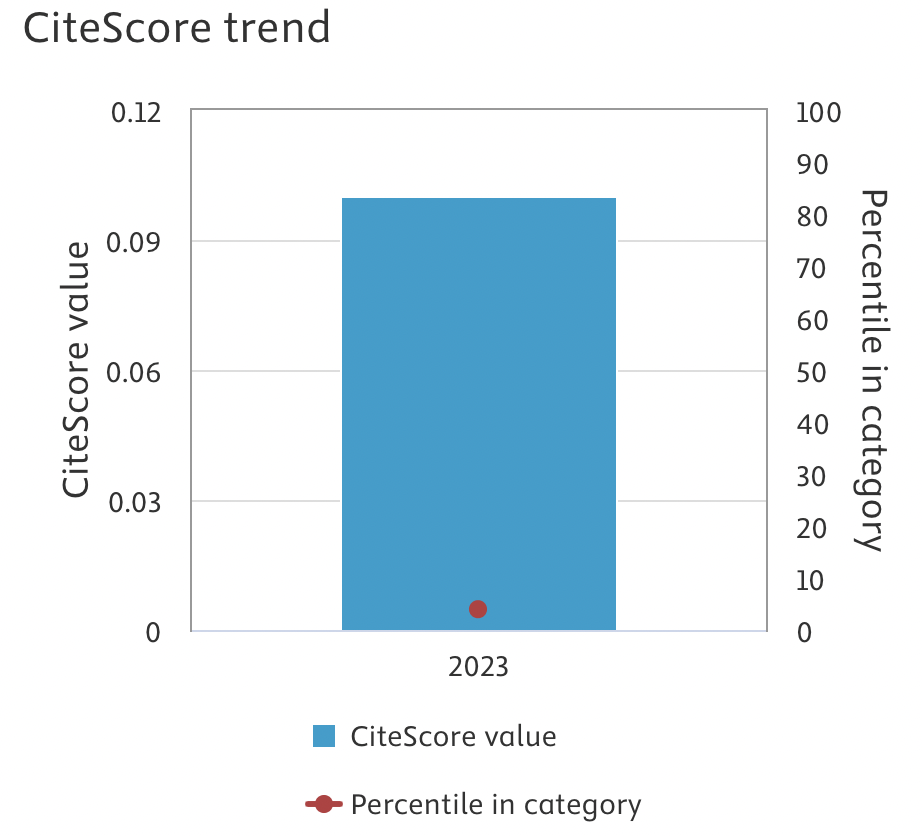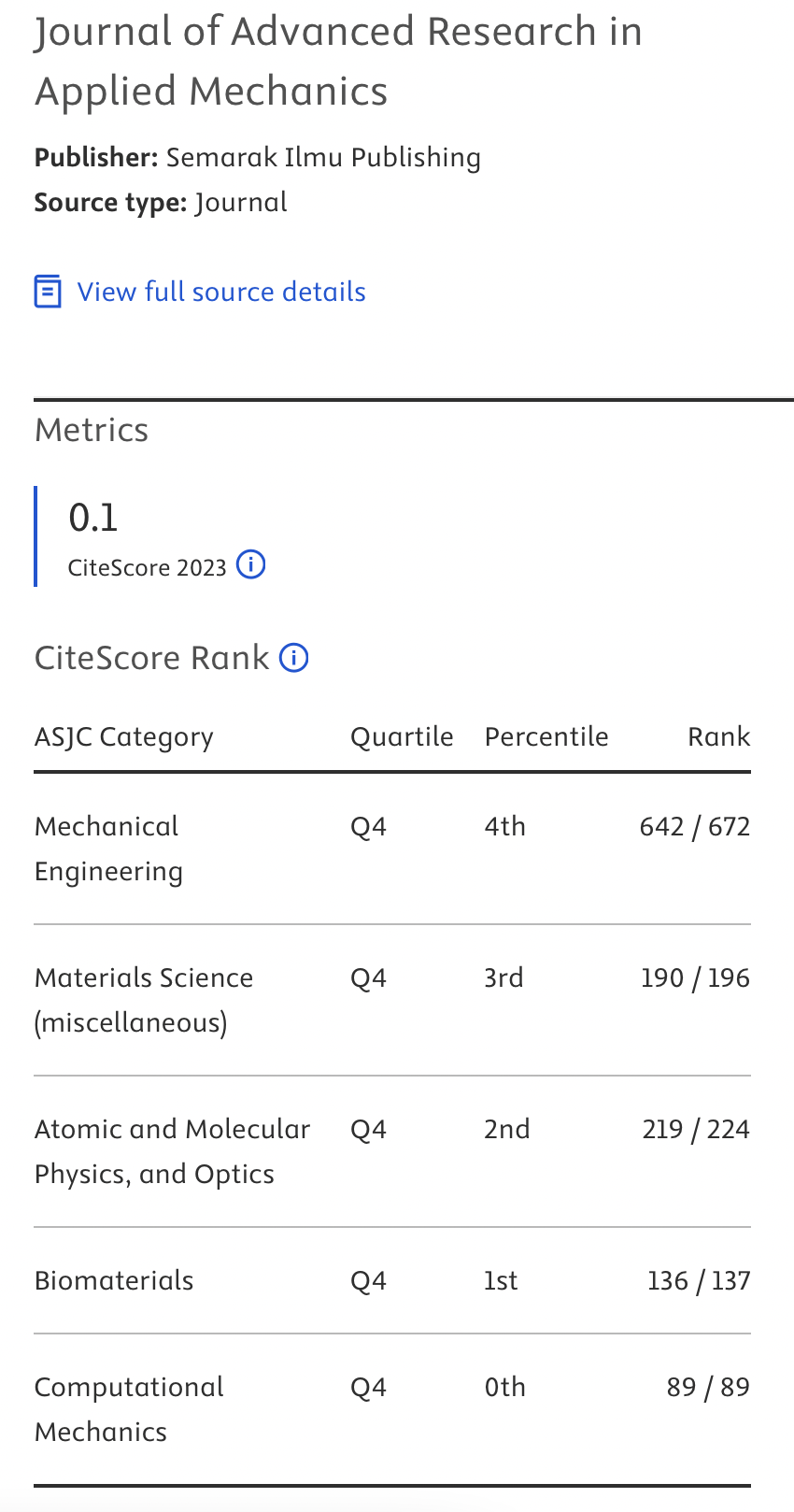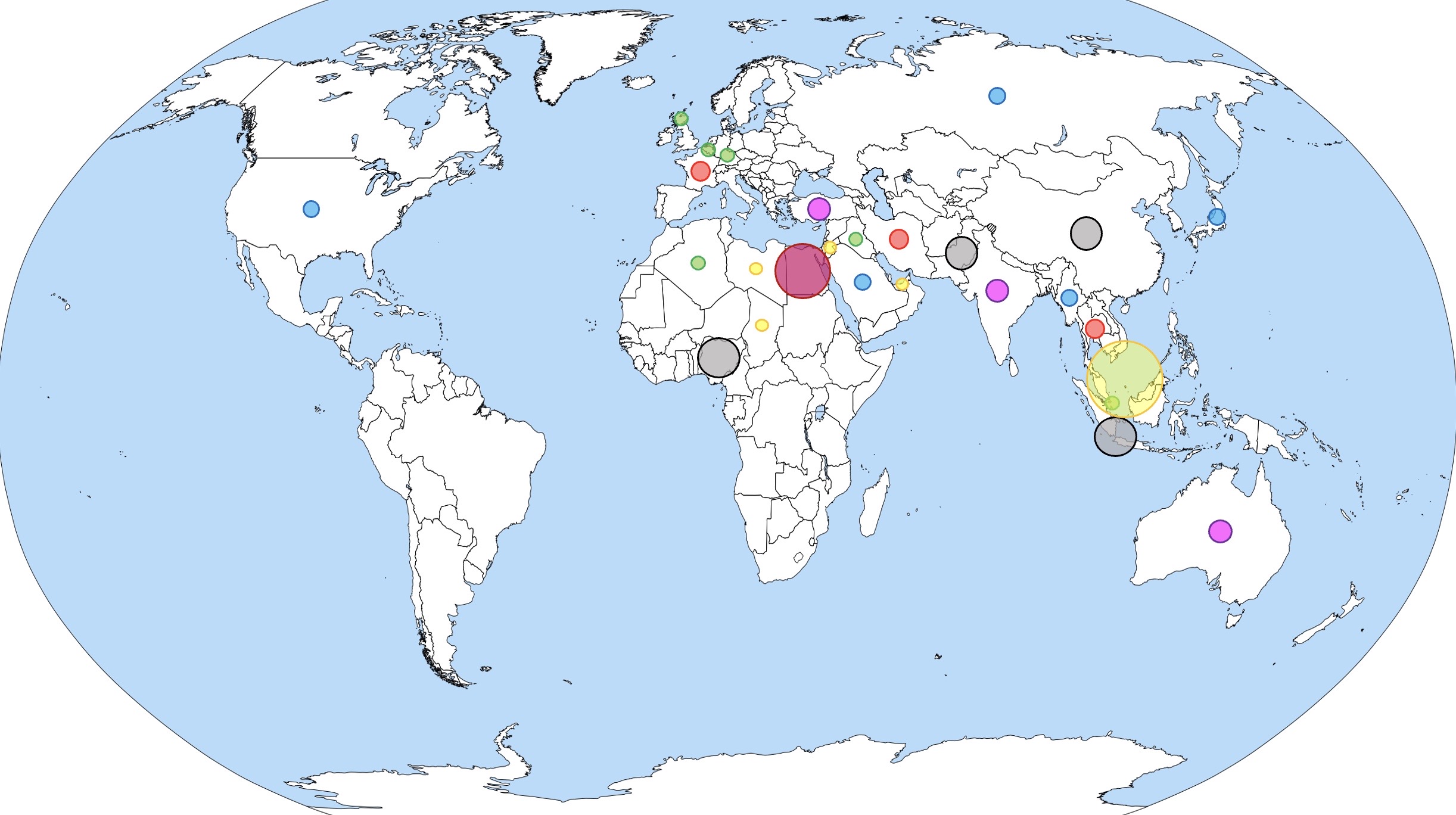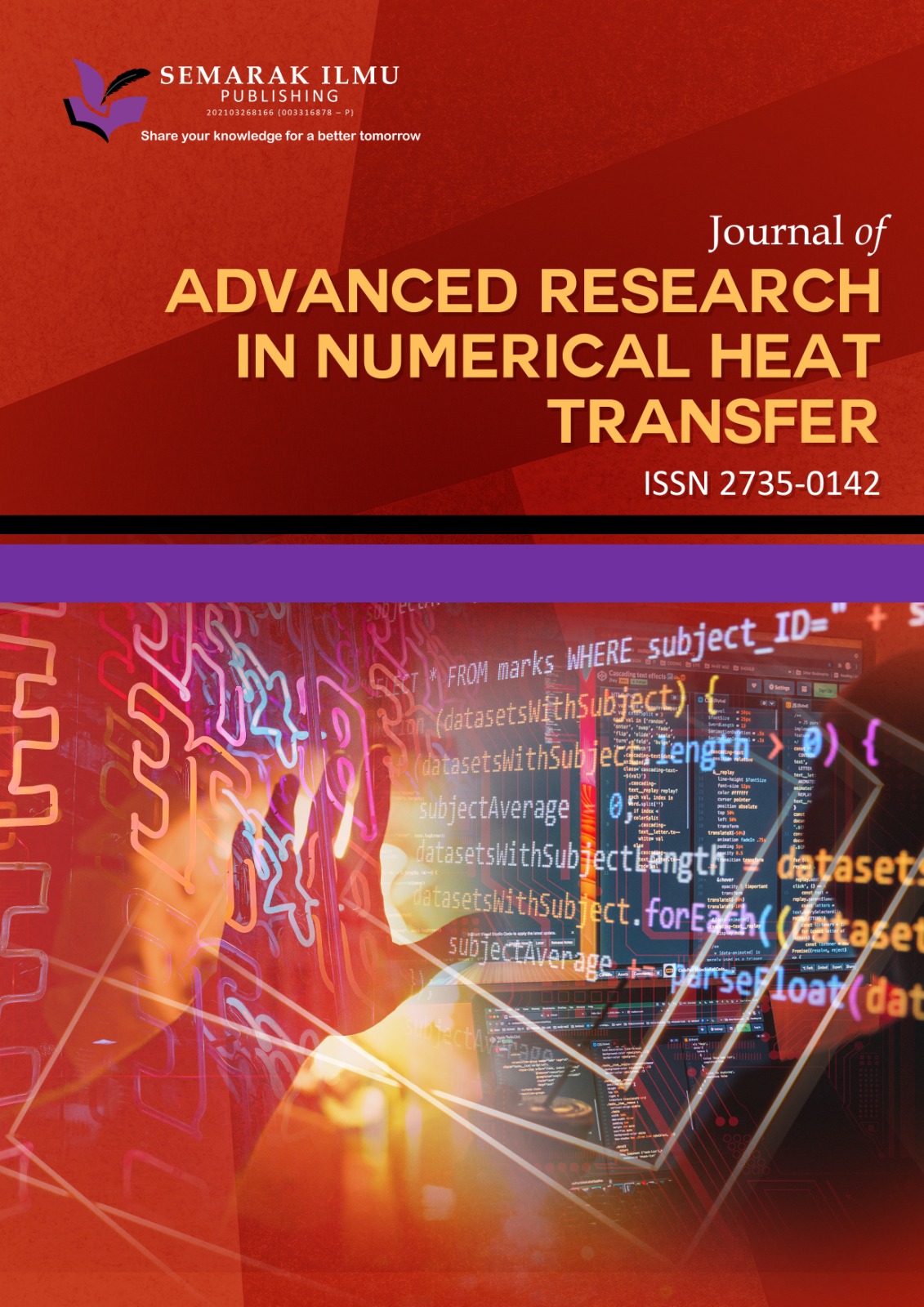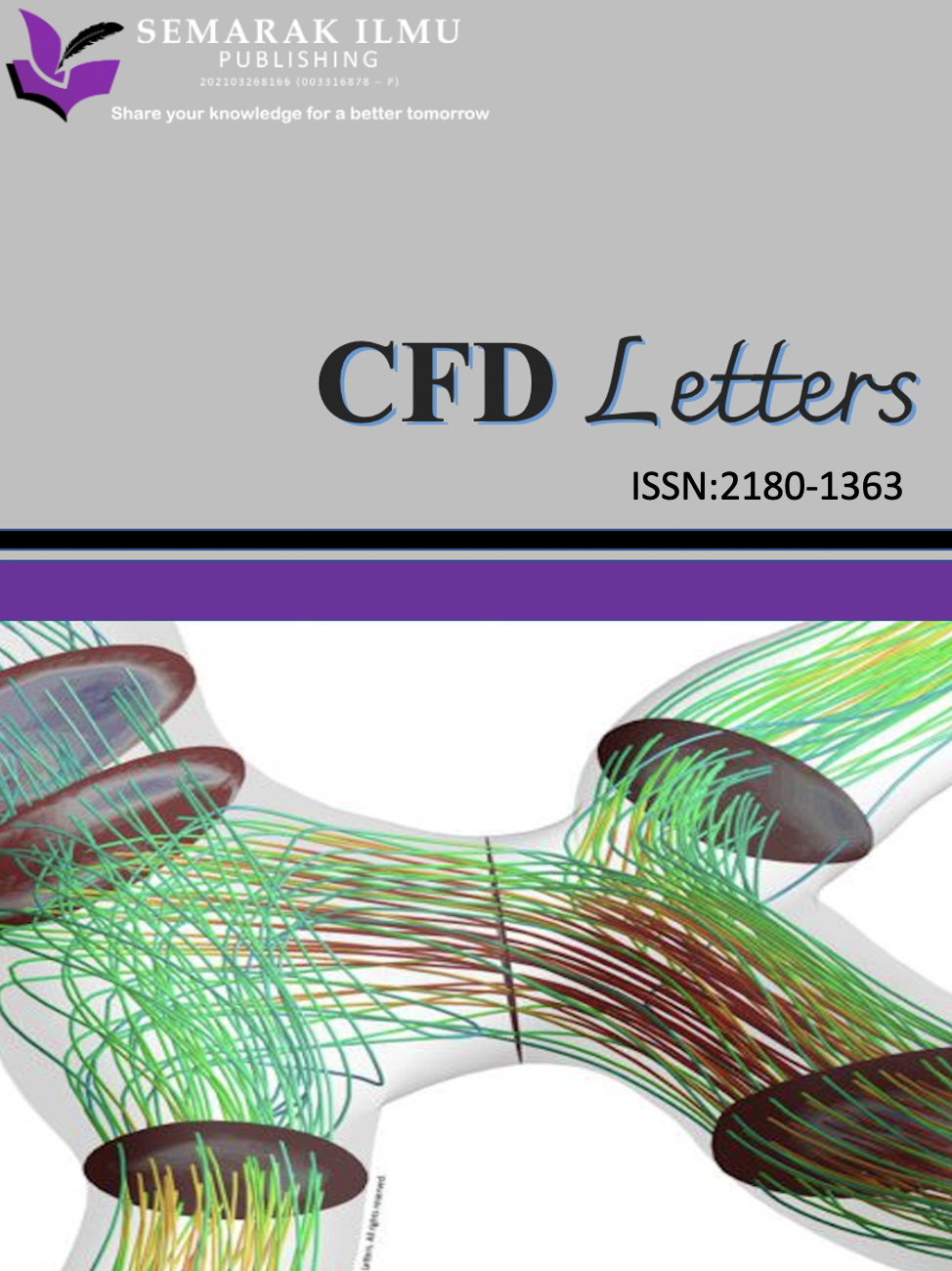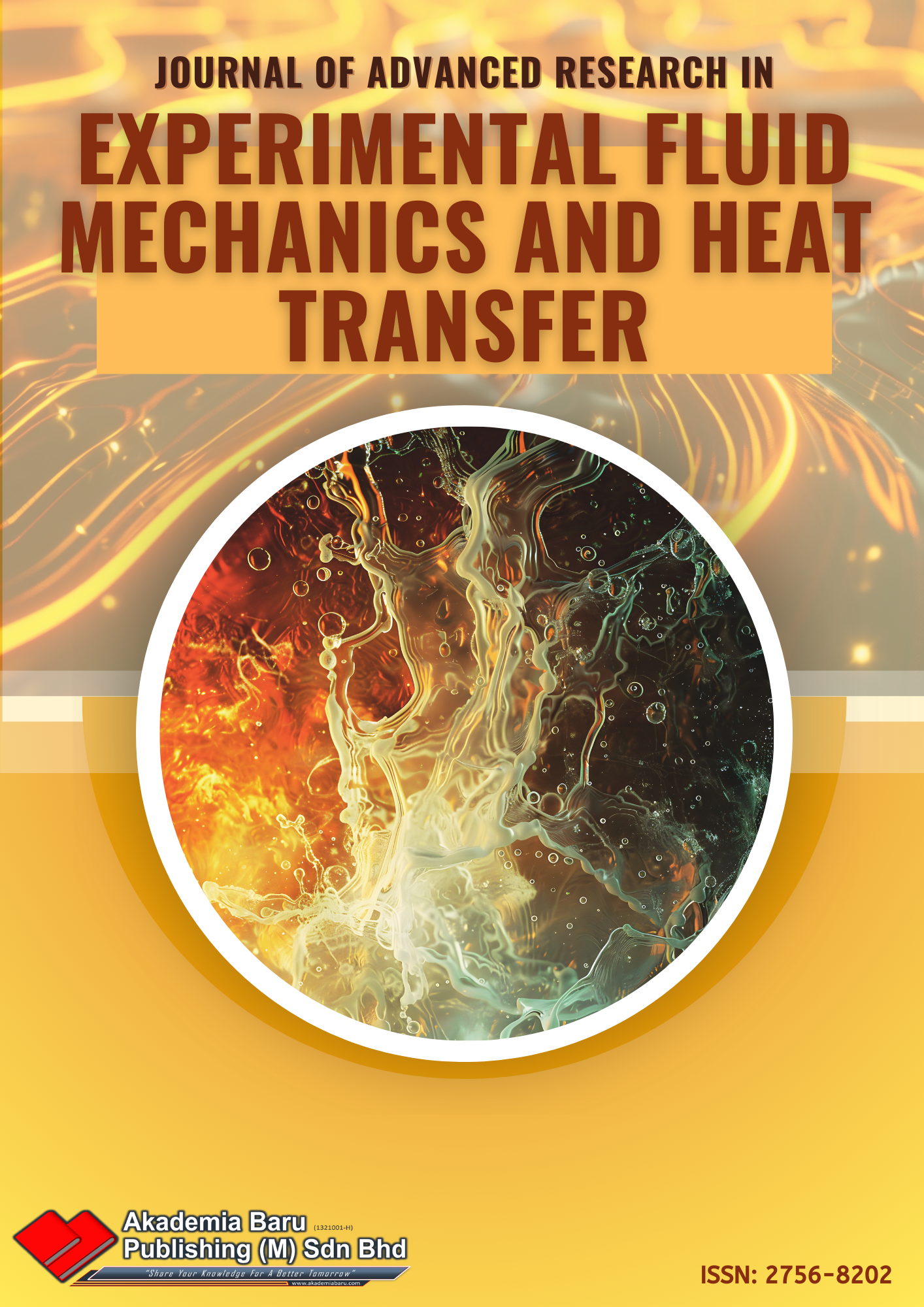Influence of Low-Density Polyethylene as Sand Replacement and Steel Fibre as An Additive on Physical and Strength Properties of Concrete
DOI:
https://doi.org/10.37934/aram.131.1.212232Keywords:
LDPE, steel fiber, recycle aggregate, compressive, flexuralAbstract
One of the significant by products of Malaysia's industrial sector is the generation of solid waste that does not biodegrade. Coir, along with other by products of industrialisation such as plastic bags, PET bottles, and pulverised waste LDPE, must be disposed of in an appropriate manner. Utilising discarded items contributes to pollution prevention and resource conservation. A few researchers have investigated the possibility of recycling waste materials to lessen pollution and preserve important resources. An experiment revealed that replacing fine particles (sand) with low-density polyethylene (LDPE) negatively affects the compressive strength of concrete cement. To solve this issue, steel fibre was included as an additional component after it was applied. This study investigated a variety of ratios of LDPE substitution for fine aggregates. These ratios ranged from 0% to 15%, with increments of 5%. Following 7, 14, and 28 days, the density, compressive strength, and flexural strength of the concrete were measured and analysed. The findings showed that adding 15% LDPE to concrete cement made it less dense (1840 kg/m3) and weaker in its compressive strength (32.87 MPa) and flexural strength (4.627 MPa) at 28 days. Based on this, it has been determined that a combination consisting of a 5% substitution of LDPE and an additional 2% of steel fibre is the most effective combination for further research endeavours.
Downloads


